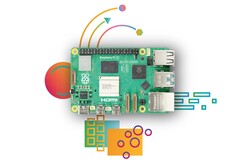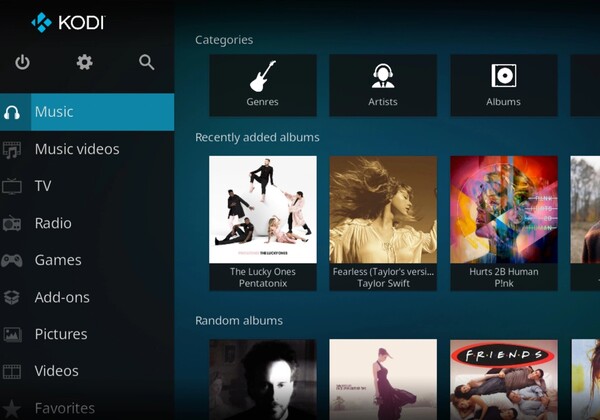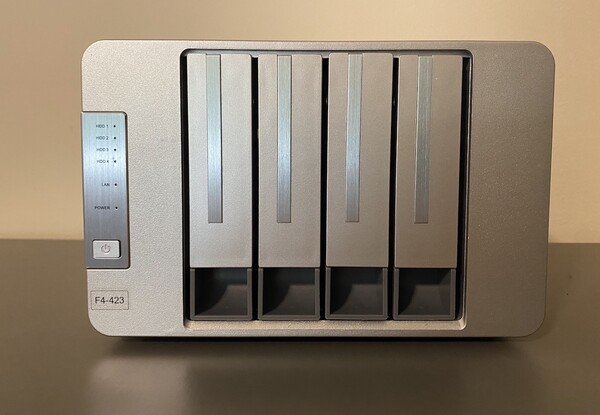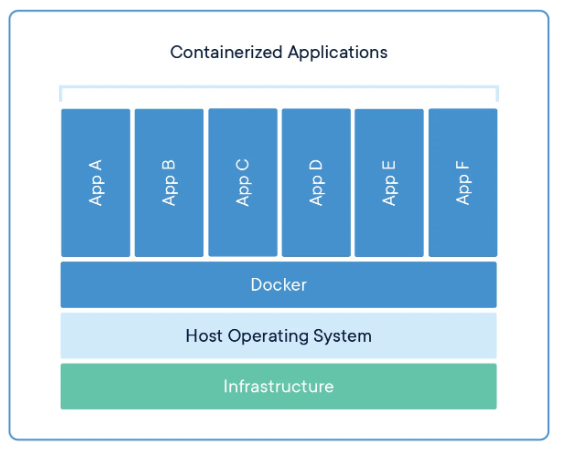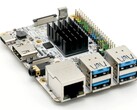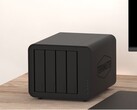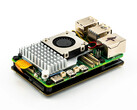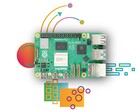Turn it into a retro gaming powerhouse
Retro gaming on the Raspberry Pi is nothing new. People have been building everything from Arcade machines to handhelds out of nearly all models of the RPi. However the additional performance of the Pi 5 means that many more retro consoles are playable at decent frame rates. All the usual 16 bit consoles emulate just fine, as does PSP at 1 to 2 times native resolution. Additionally, some Playstation 2 games work at a decent speed, with Gamecube and the majority of Dreamcast games working well. Wii emulation also works, but your mileage may vary.
As for software, you have the option of installing the various emulators directly to the stock Raspbian image, however you may opt to install something like Retropie for a refined interface or Batocera for an operating system geared specifically towards retro gaming. The additional overclocking headroom of the Pi can make a potent emulation machine.
Build a Media Centre
There are many options for streaming media on a Raspberry Pi. Netflix can be used in a browser with a couple of tweaks, as can most other web based streaming services. However the most TV friendly solution would be to install Kodi. From there you can stream videos from your local network, link with Plex and install plugins for additional streaming services. You can even buy a remote control (available from Amazon*) for easy couch surfing.
While Kodi can be installed onto the stock Raspbian image, for a more lightweight and focused operating system you might choose to install LibreElec. LibreElec leaves just enough of the operating system for Kodi to function, and the increase in power the Pi 5 offers now lets you use software decoding on AV1, H264, VC1, VP9 and more at 1080p. However even the Pi 5 struggles with software decode of some 4K streams.
Create your own NAS
There aren’t too many options for those looking to create a NAS from a Raspberry Pi 5, however in recent months Open Media Vault for the Pi 5 has entered beta testing.
Open Media Vault is an open source solution that can be installed on top of the “Lite” (and only the lite) version of Raspbian OS. It allows you to access your Pi based NAS through a web browser on any device connected to your network, giving you features such as volume management, file sharing through SMB/CIFS and snapshot support. Plugins can also be used to extend functionality.
You can use a number of USB drives with the Pi which works well. However, combine the Pi with a Pineberry Hat and M.2 drive of your choosing and you’ve got a speedy NAS with the option to backup to an external USB.
Just make sure you invest in some solid storage like this Crucial 2 TB M.2 SSD from Amazon* for only $99.
Make a home server with Docker and run a host of useful tools
A Raspberry Pi 5 running Docker can offer a range of useful services on a single device with very little power draw. Some services are best running 24/7 and running them on a Pi will keep your electricity bill in check.
Once you have got Docker up and running, some of the more useful containers include Pihole or AdGuard for network wide blocking of ads or installing the WireGuard easy docker to give you secure remote access to your entire network. There are loads of useful Docker images for all kinds of services to be found, however keep your expectations in check.
You won’t be able to run even 10’s of Docker images on a Pi, and running a Plex server in a Docker might be where you start to hit the Pi’s performance limitations. However, 3 or 4 core services can make for a cheap 24/7 home server.




